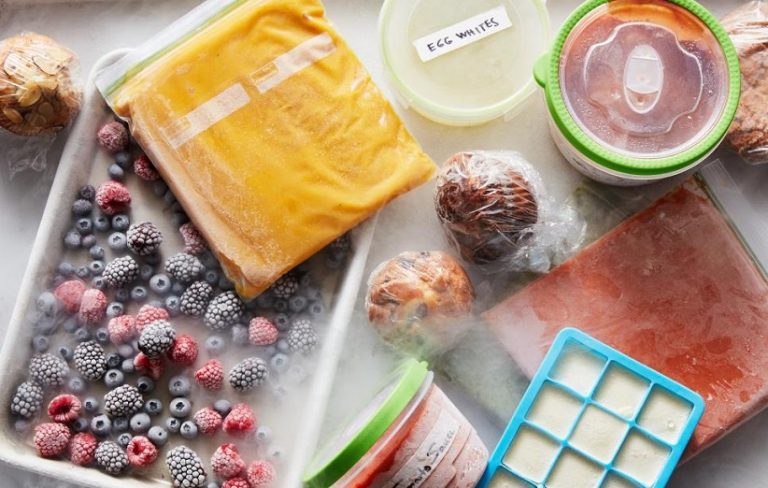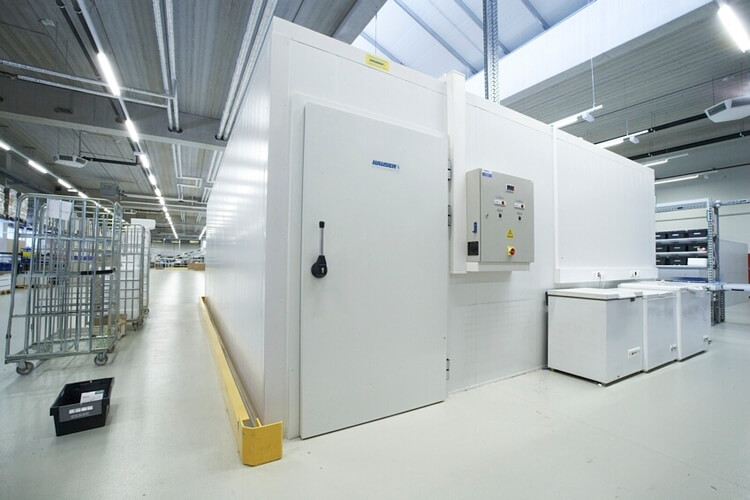What is a cold store and how does it work? What are the types of refrigeration refrigerants? What variables are needed to calculate the price of the cold store?
Types of cold stores based on the type of refrigerant:
Ammonia: ammonia or R717 refrigerant is commonly used in cold stores above 2000 tones. Ammonia gas is cheap and economical to use in large quantities. Another advantage of ammonia is that it does not damage the ozone layer .Inhalation of ammonia gas as well as ammonia contact with the skin and eyes is very dangerous.
Freon: the smaller the capacity of the cold store the more economical it is to use Freon gas. Freon gas is a compound that comes in many forms. The use of R22 gas, which was used a lot in the past and provides good refrigeration power, is becoming absolute today due to environmental hazards. Currently, the use of R133a gas for cold stores above-zero and R404 gas for cold stores sub-zero is recommended in Freon cold refrigeration.
CO2: CO2 is suitable and relatively safe gas that does not pose the dangers of ammonia and does not damage the ozone layer, which is likely to replace other refrigerants in the near future along with other low-risk refrigerants , However it has not been very popular in our country yet.
Types of cold stores based on products type
Refrigeration systems are mainly used in cold storage and food production and packaging industries, especially products related to protein materials, dairy products, fruits and vegetables.
Industrial refrigeration and cooling systems generally fall into one of the following three categories:
Above-zero refrigeration: Used for agricultural products including fresh vegetables and fruits and some dairy items.
Sub-zero refrigeration (about -18 Celsius degrees): Used to store protein products such as red meat, chicken, fish and other protein products and some dairy products.
Freezing tunnel (about -40 Celsius degrees): Used to freeze protein products such as red meat, chicken, fish and other protein products.
Essential items for calculating the cold store:
Dimensions: length, width and height
Cold store usage: product type and temperature required for product storage
Project location: The area where the cold storage is located
Type of refrigerant: Based on the standards required by the praetor and considering the costs and according to the dimensions, the type of refrigerant is determined.
Insulation material: insulation material of body, floor, and pipes is determined based on the customer’s request and taking into account the climate of the region as well as the allocated budget
Heating losses: includes the electrical power of electrical equipment used inside the cold store, the duration and number of people present in the cold store and the duration of opening and closing the door.
Product quantity: the maximum amount of product that is stored in the cold store and also the amount and temperature of the product that enters the cold store daily.



